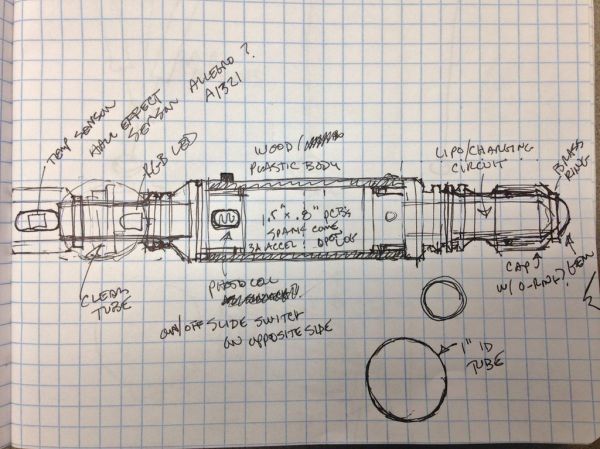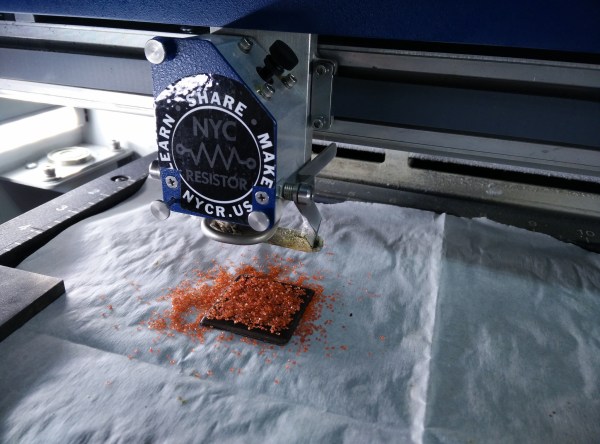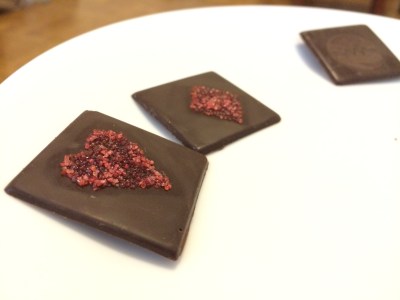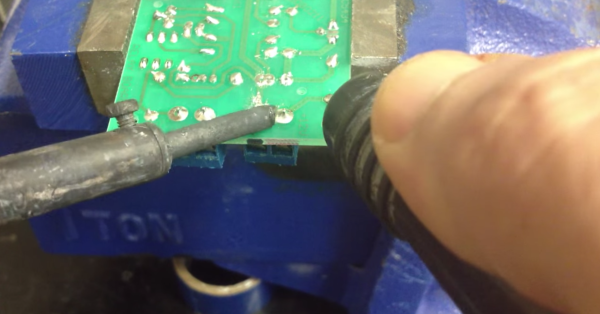[Jerome Kelty] just finished building this awesome data-logging Sonic Screwdriver with his 6-year-old son [Sam]. The Halloween previous, [Jerome’s] older son had dressed up as the Doctor, which had inspired [Sam] to make his own Sonic Screwdriver — however he declared that his screwdriver needed to actually work!
They sat down together and decided what it needed to be able to do. [Sam] has a pair of hermit crabs, so they thought it would be handy to be able to measure the temperature and the humidity of their habitat. It needed a flashlight for obvious 6-year old reasons, and it had to make the right sound effect when you used it too!
[Jerome’s] first thought was to 3D print it, but was met with a resounding no: “It needs to be metal!”
So out came the sketchpad and they started designing it to be cut on the lathe, using a combination of aluminum, brass and wood.
 Many weekends later [Sam] and his dad finished the body of the screwdriver and started work on the electronics. To keep it simple they used an Arduino Pro Mini 5V with a Sparkfun OpenLog to record all the data — and a handful of sensors of course!
Many weekends later [Sam] and his dad finished the body of the screwdriver and started work on the electronics. To keep it simple they used an Arduino Pro Mini 5V with a Sparkfun OpenLog to record all the data — and a handful of sensors of course!
After modifying the body a few times they finally got all the electronic guts to fit inside the screw driver. It features an SD card you can remove to see the OpenLog data, but as a “cool factor” [Jerome] also programmed in the temperature sensor to output to the RGB LED, so little [Sam] can point at things to determine how warm or cold they are.
Continue reading “A Functional Sonic Screw Driver (Well, Kind Of)” →




 Many weekends later [Sam] and his dad finished the body of the screwdriver and started work on the electronics. To keep it simple they used an Arduino Pro Mini 5V with a Sparkfun OpenLog to record all the data — and a handful of sensors of course!
Many weekends later [Sam] and his dad finished the body of the screwdriver and started work on the electronics. To keep it simple they used an Arduino Pro Mini 5V with a Sparkfun OpenLog to record all the data — and a handful of sensors of course!













